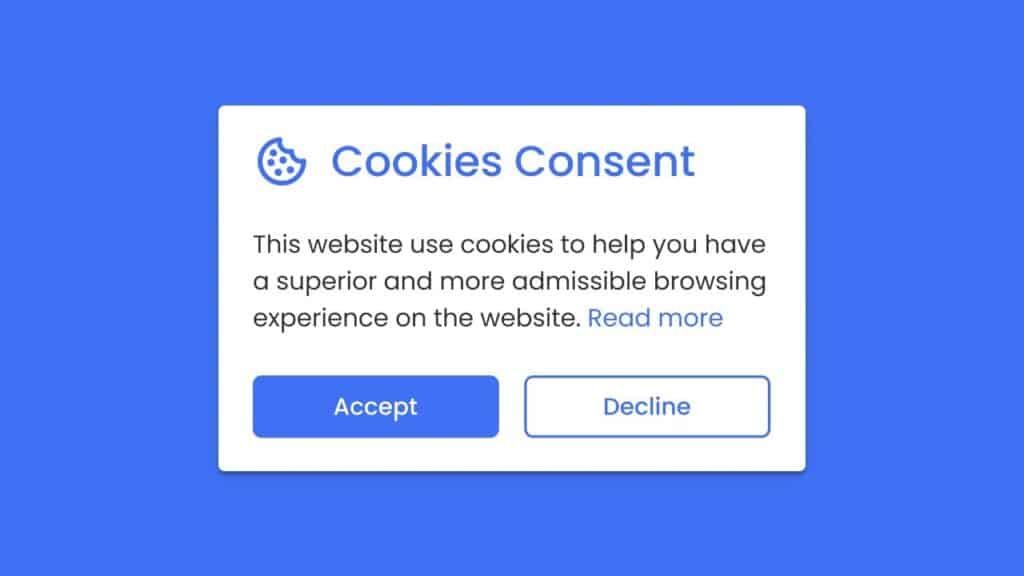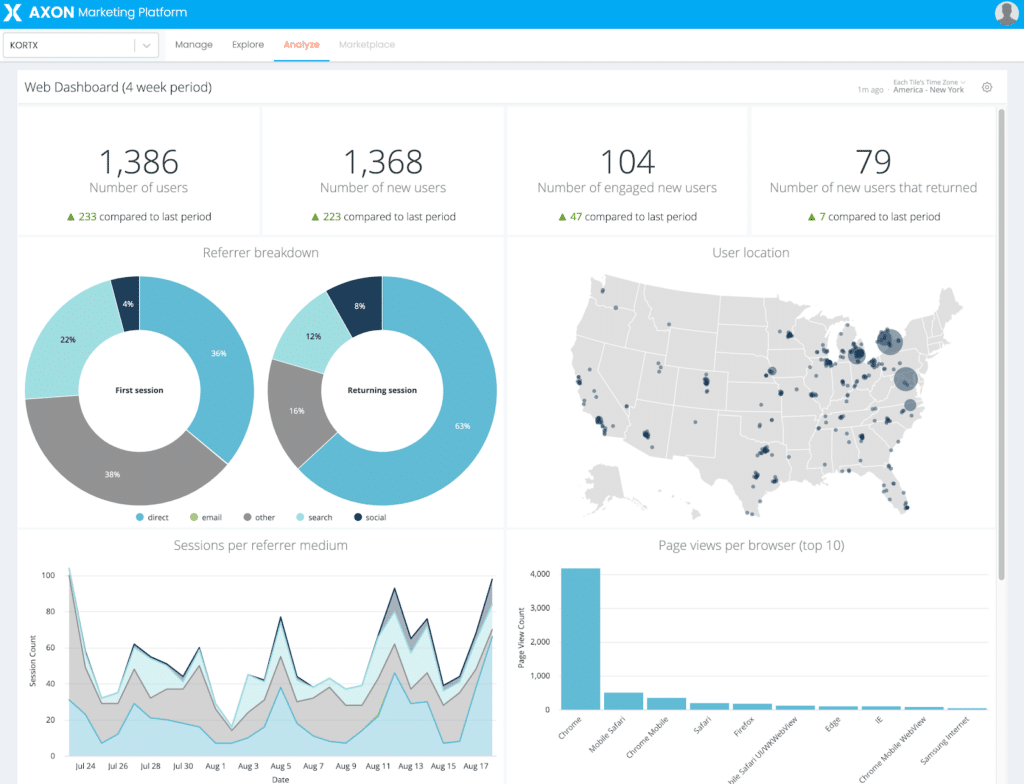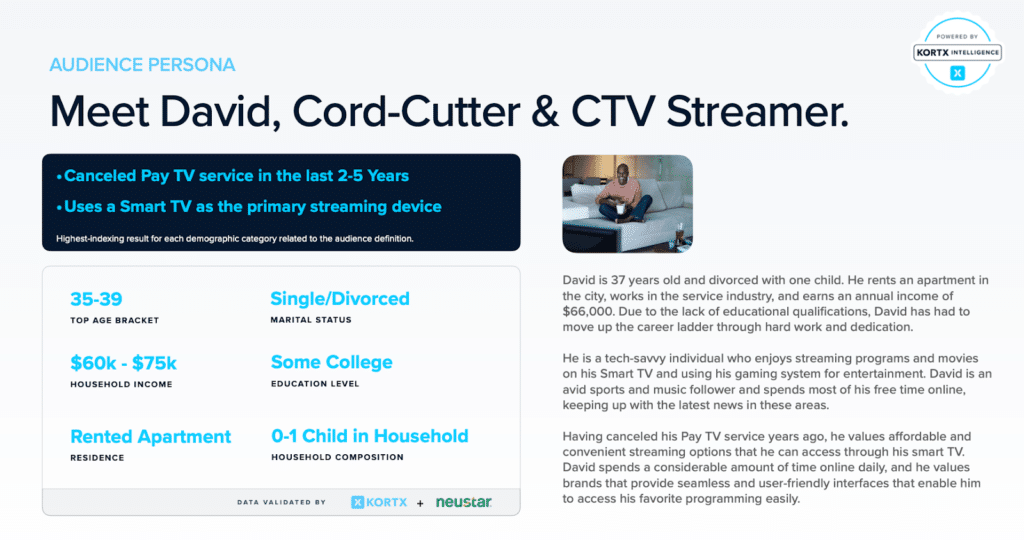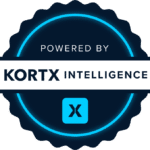Experiences refined for people
Experiences refined for people
The way marketers use Third-Party data is changing due to evolving privacy regulations and shifting consumer expectations on how companies collect data.
Marketers are now building out strong First-Party data assets obtained directly from their customers through opt-ins, subscriptions, and loyalty programs. When combined with Third-Party data, this approach grants more accurate and personalized targeting and provides a comprehensive audience profile.
This article explores what Third-Party data is, why it’s important, and how marketers can combine it with First-Party data to fuel advertising strategies.
Third-Party data is collected by companies without a direct relationship with you or your audience. Marketers can obtain this data through purchases or licenses from trusted providers or cookies and website tracking tools to gather information from their target audience’s online activities.
Example: A marketing agency purchases data from a trusted data provider containing information about consumers’ shopping habits, interests, and demographics. Then, they use this data to build and target specific audience segments.
There are two other data types, First-Party (1P) and Second-Party (2P), and both have key differences:
First-Party data is user-consented information collected directly from your customers. This includes data from their behaviors, actions, and interests on your website or app, CRM, subscription, social data, and offline sources such as completed surveys and customer feedback.
Example: When you include a survey on your website and request a customer’s contact information, such as their name, email address, and industry, this represents First-Party data collection.
Second-Party data is obtained from a trusted partner or another organization’s audience rather than collected directly from your audience. It includes data from activity on websites, apps, social media, purchase history, survey responses, and more.
Example: Let’s say you own an e-commerce website selling fitness equipment and want to understand your customers better. You establish a partnership with a popular health and wellness blog that has a large audience interested in fitness. The blog agrees to share its audience data with you as part of your partnership, ultimately enhancing your targeting capabilities.
The difference between 1P, 2P, and 3P data is that 3P data includes data sets from various sources like the census, non-profit organizations, publishers, data companies, academic institutions, and more. It’s also bought and sold through different marketplaces or exchanges.
Since it’s not collected from your audience directly, it may not be as useful as First or Second-Party data, however, when combined with First-Party data, it provides a broad audience perspective.
🤔 What are the challenges of Third-Party data collection?
“Relying solely on 3rd-Party data poses significant challenges for marketers as privacy regulations tighten and consumer expectations shift. Businesses have to make sure their data is accurate and compliant and that they adopt other data collection methods, like First-Party data.”
–Brandon Pollard, Director of Advertising Operations, KORTX
With KORTX’s Axon Audience Manager, you can build your own First-Party audiences by collecting data directly from your customer across your website.
Create highly targeted audience segments based on specific attributes, behaviors, and interests by integrating your CRM data with Axon’s comprehensive user profiles.
|
Third-Party data can be a valuable resource for businesses as it allows them to save time and effort when defining their target audiences. Businesses can purchase data sets for the target audience they want to reach and target ads directly to those people.
Here are a few strategies for using Third-Party data in your digital advertising campaigns:
Although many data aggregators exist, and you can purchase their data through a DSP (demand-side platform), you’ll want to find high-quality data sources.
High-quality data ensures you’re targeting real users and prevents bot traffic expenditure while confirming that the purchased segment aligns with the intended user demographics.
Here are a few things to look out for in a data provider:
Finding a reputable Third-Party Data provider isn’t enough. Privacy regulations like GDPR (General Data Protection Regulation) and CCPA (California Consumer Privacy Act) mean you also must ensure compliance when collecting, storing, and using Third-Party data.
You may have landed on a website that tells you it uses cookies and asks for your consent.

An example of a cookie pop-up.
This acts as a contract to inform website visitors about any Third-Party tracking and complies with privacy laws. Once users grant authorization, your website or trusted Third-Party partners can collect and utilize their data.
📊 Why is 1P data more advantageous than 3P data and how does it bridge the 3P data gap?
“1st party data is incredibly valuable. With 3rd party cookies disappearing due to users demanding more data privacy, transparency, choice, and control, it’s quite clear that an ad tracking reset is necessary. Essentially, 1st party cookies allow you to leverage the data you possess from your own sources, ensuring higher-quality insights and maximizing the value of your investment.”
–Matt Grevenstuk, Ad Ops Specialist, KORTX
First-Party data is the solution to a cookieless future as consumers and brands call for increased privacy. Because First-Party data is collected directly from your business, you own it and control its quality, accuracy, and security.
Think of your website like a First-Party database, capturing every click, form fill, inquiry, and view, which can be used for future advertising and targeting purposes. Understanding your visitor’s demographics (e.g., age, location, industry) allows you to create audience segments and customize advertising. This increases the chances of converting them into customers.
Tracking user behavior on your website or app allows you to retarget users who have left your site with relevant ads, enticing them to engage with products, deals, or offerings that align with their preferences based on the trends observed in the First-Party data.
🔎 Case Study: PepsiCo/Mountain Dew Sweepstakes with Axon Audience Manager and KORTX Intelligence
Using First-Party data provides a valuable tactical advantage by gathering insights about a brand’s customers and website visitors. This allows marketers to identify common characteristics, behaviors, and preferences that can be translated to Third-Party data segments that closely match a target audience.
Also, using Third-Party data expands your audience segments beyond existing customers and opens a high-volume prospecting targeting strategy. This way, you can create profiles that resemble your target audience, resulting in more refined and effective targeting.
Brands must capture First-Party data in the category of site visitors, and KORTX provides Axon Audience Manager, our customer data platform (CDP), which captures user interactions, organizes First-Party data segments, and enables targeting activation in campaigns.

Axon utilizes a JavaScript-based code to capture various site events, enabling users to track, organize, and implement First-Party data segments based on user interactions. As soon as the code is implemented on your website, Axon initiates data collection, gathering valuable audience insights to inform your marketing campaigns.
✨ Try Axon Early Access today to uncover undiscovered audience insights.
With KORTX Intelligence, our expert team conducts in-depth audience research and analysis to build detailed profiles of your target audience using thousands of user attributes gathered from various sources, including Third-Party data from providers like Neustar and potentially First-Party data directly obtained from your own data sources or Axon.
Then, we can use Axon to create hyperspecific segments and attributes based on specific user behaviors, interests, demographics, and other characteristics.

Incorporating Third-Party data and insights from KORTX Intelligence provides additional digital touch points, offering a more holistic view of your target audience’s digital behavior and facilitating better targeting across multiple platforms and channels.
🔎 Case Study: College Admissions Marketing with Axon and KORTX Intelligence
Third-Party data isn’t dead, but it is changing, and with that, marketers must adapt by combining it with other data like First-Party data.
Combining Third-Party data with First-Party data through Axon Audience Manager and KORTX Intelligence provides more accurate and personalized targeting that helps you deliver targeted advertising campaigns to maximize your ROI.

Uncover untapped opportunities with KORTX Intelligence. Our expert team provides research and insights to give you a detailed profile of your target audience, guiding audience targeting, media recommendations, and more.
|
Rondell Wilson is an Ad Operations Specialist at KORTX. His hobbies include optimizing ad campaigns, coaching and playing basketball, and learning the forever-changing digital marketing landscape.
From us to your inbox weekly.